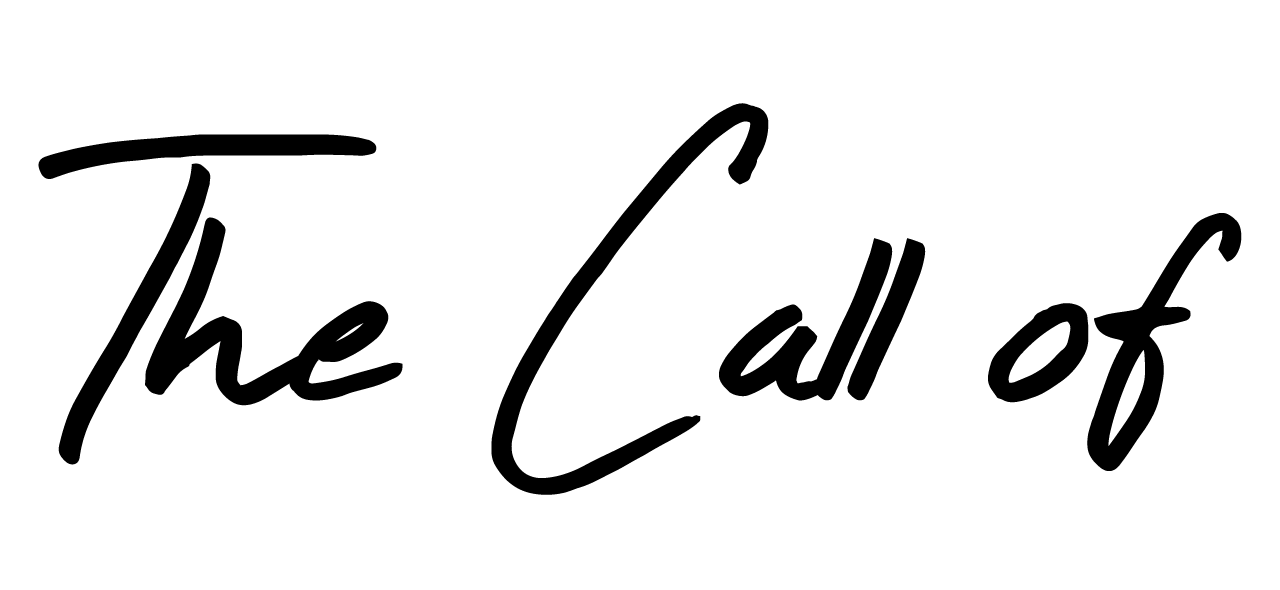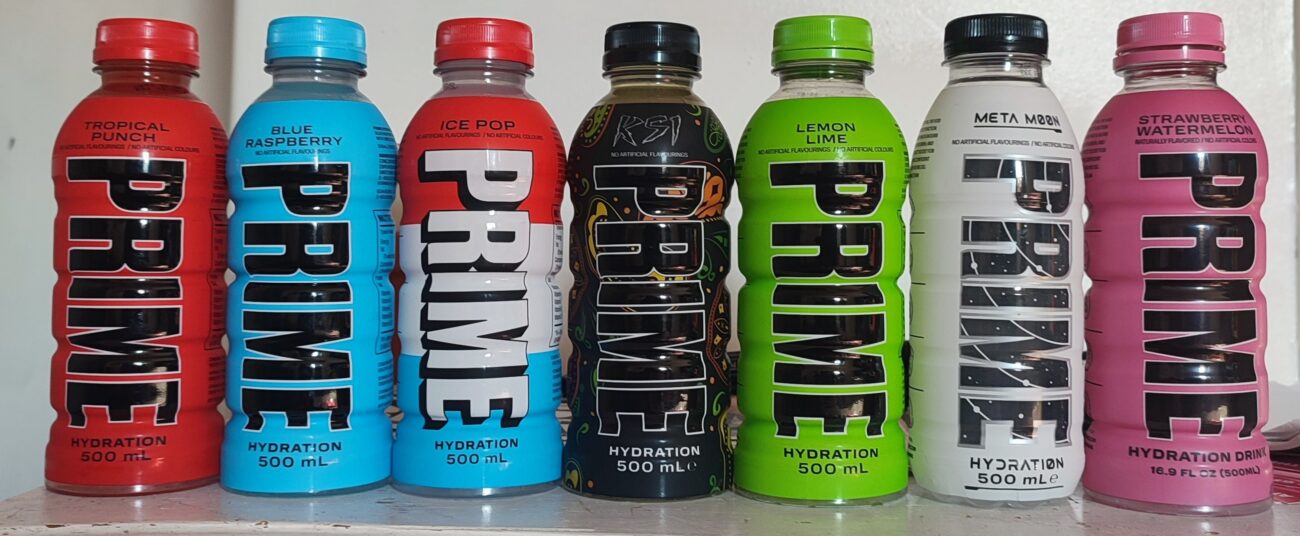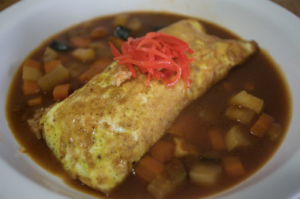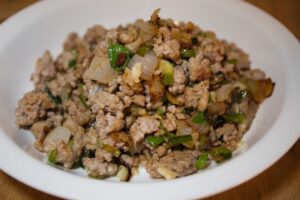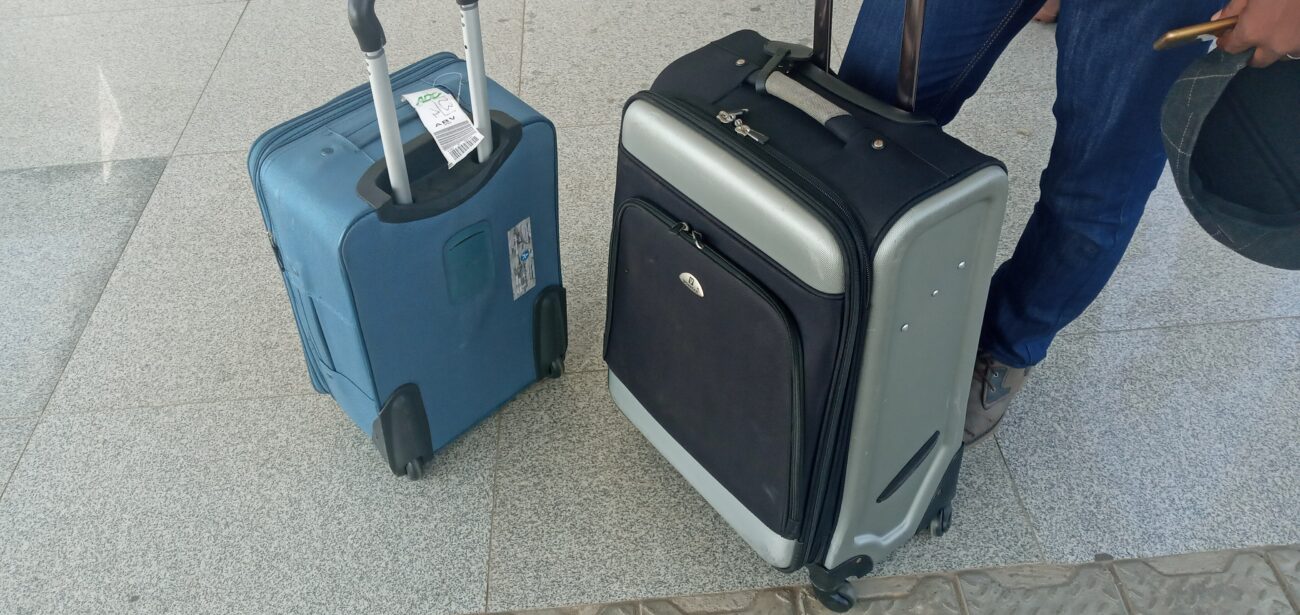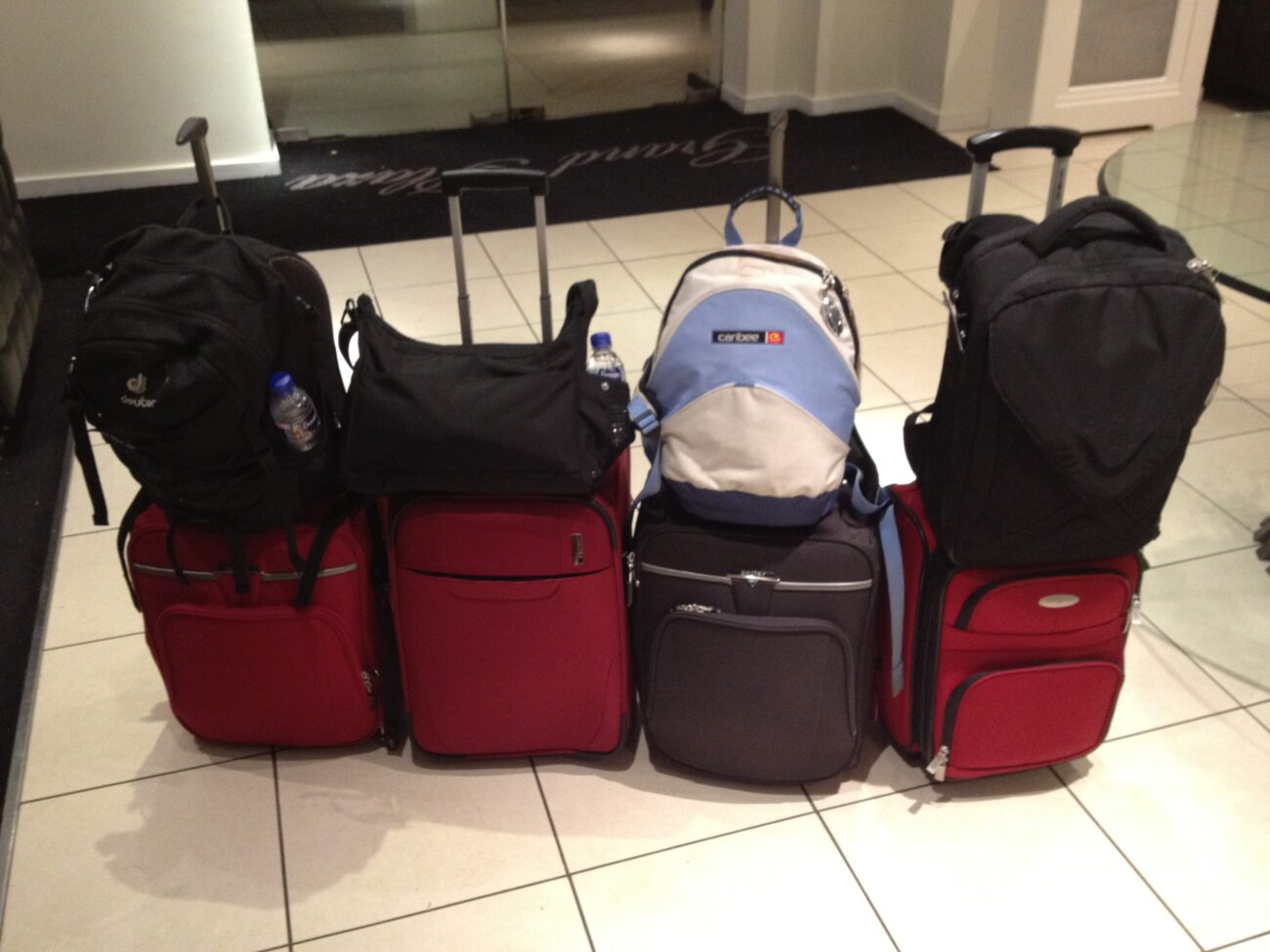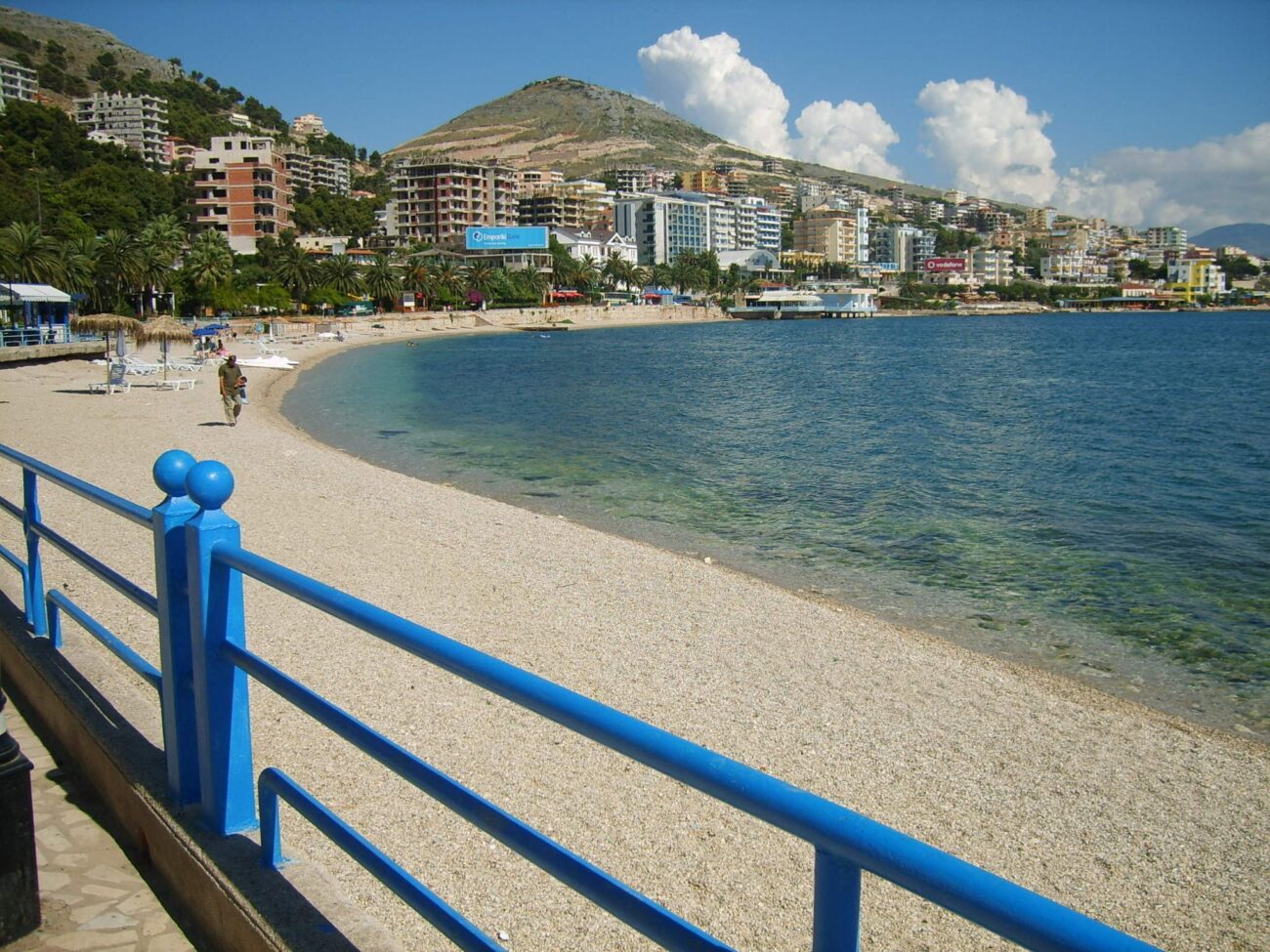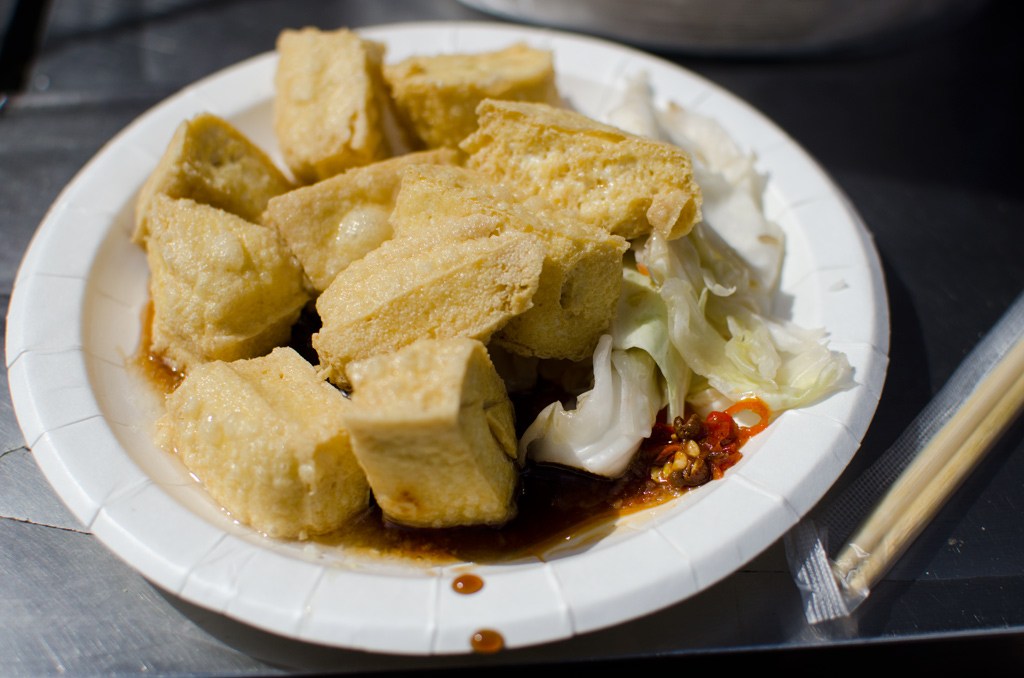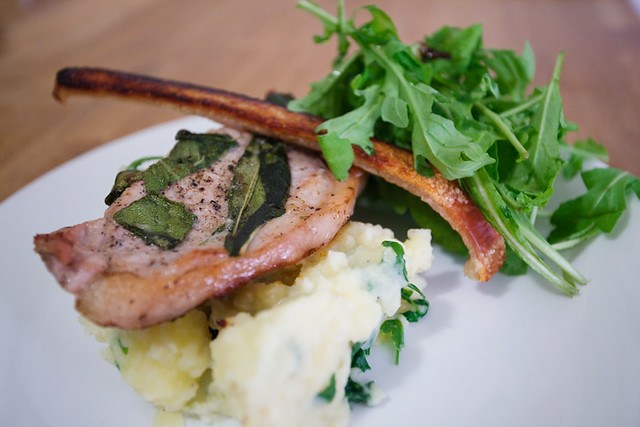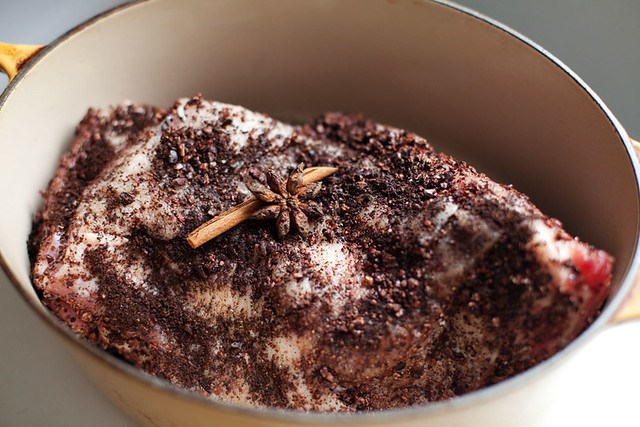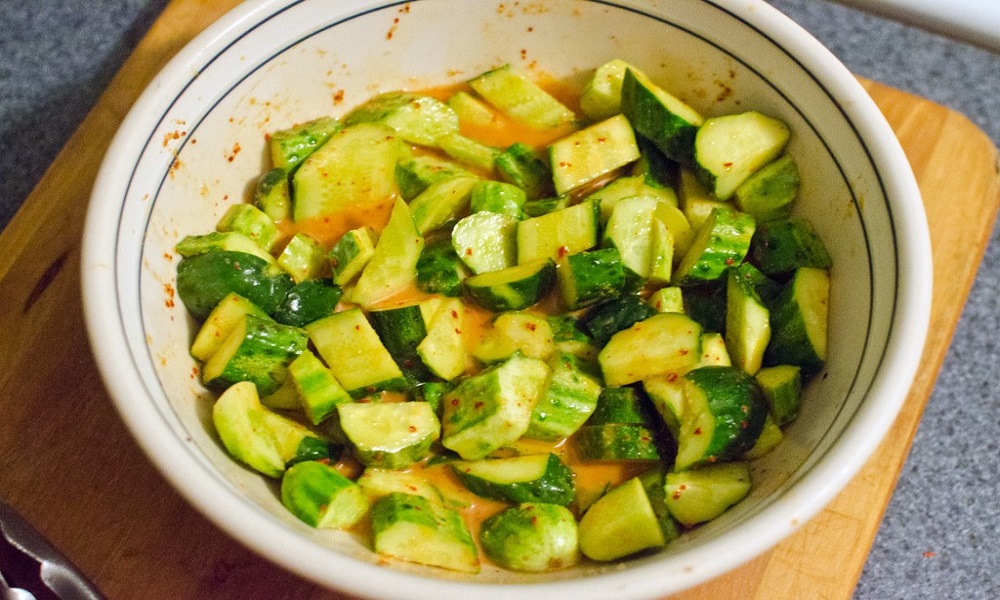That random eyelid twitch isn’t stress—it’s your body screaming for minerals. While wellness culture preaches gallon-a-day water consumption, excessive plain H2O actually flushes vital electrolytes from your system, leaving your cellular batteries running on empty.
The Hidden Cost of Overhydration
Plain water dilutes essential minerals, triggering a cascade of deficiency symptoms.
When you flood your system with plain water, you dilute sodium, potassium, and magnesium in your bloodstream. Your kidneys respond by removing excess water—along with these precious electrolytes.
The result? Muscle twitches, persistent headaches, brain fog, and that sudden craving for salt that hits during your afternoon slump. Your cells literally can’t generate the electrical gradients needed for basic functions.
Beyond Twitches: The Full Symptom Picture
Electrolyte depletion manifests in ways most people dismiss as everyday stress.
Registered dietitians recognize the pattern:
- Involuntary muscle spasms in the thumbs and calves
- Crushing fatigue despite adequate sleep
- Difficulty concentrating during important meetings
- Irregular heartbeat and mental confusion (in severe cases)
These aren’t quirks of modern life—they’re your body’s emergency signals that its mineral reserves are running dry.
Culinary Solutions Beat Supplement Bottles
Professional chefs and nutrition experts favor food-based mineral replenishment strategies.
Skip the neon sports drinks. Sea salt and Himalayan pink salt contain over 60 trace minerals that table salt lacks, though mineral content varies by source and brand. A pinch in your water bottle works better than chugging plain water all day—but individuals with hypertension or kidney conditions should consult healthcare providers first.
Smart restaurants now feature:
- Bone broth-based soups
- Avocado-heavy salads with mineral-rich vinaigrettes
- Coconut water cocktails
All are designed to deliver potassium and magnesium through actual flavor.
Traditional Wisdom Meets Modern Hydration
Regional cuisines naturally balance electrolytes through time-tested ingredient combinations.
Many cultures instinctively pair hydration with minerals:
- Miso soup in Japan
- Electrolyte-rich fermented drinks across Eastern Europe
- Leafy green dishes throughout the Mediterranean
These combinations reflect generations of adapting to local water sources and climate demands.
Your takeaway? Stop treating hydration like a water-chugging contest and start thinking like a chef who understands that what goes into your glass matters as much as how much you drink.

